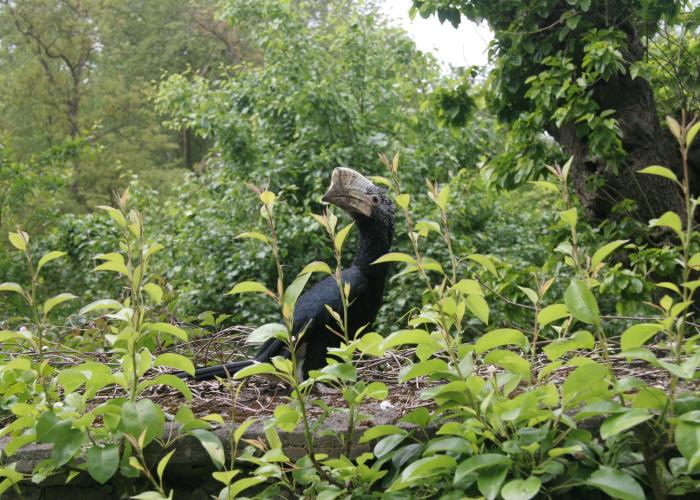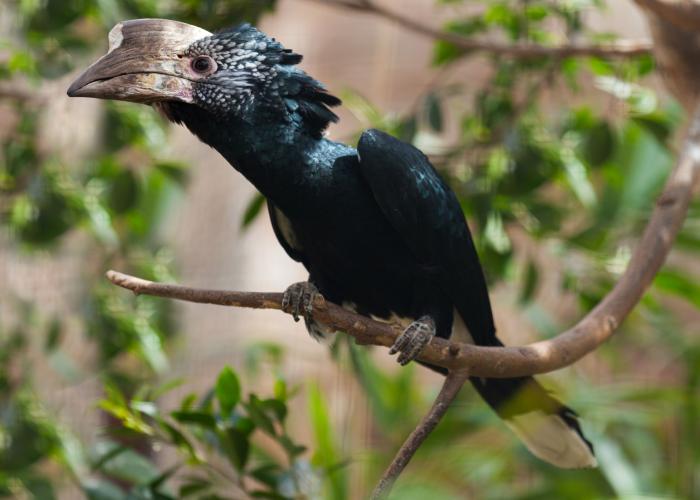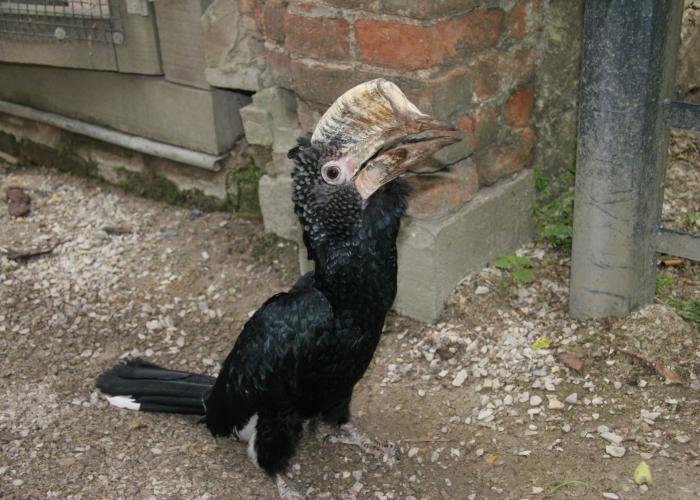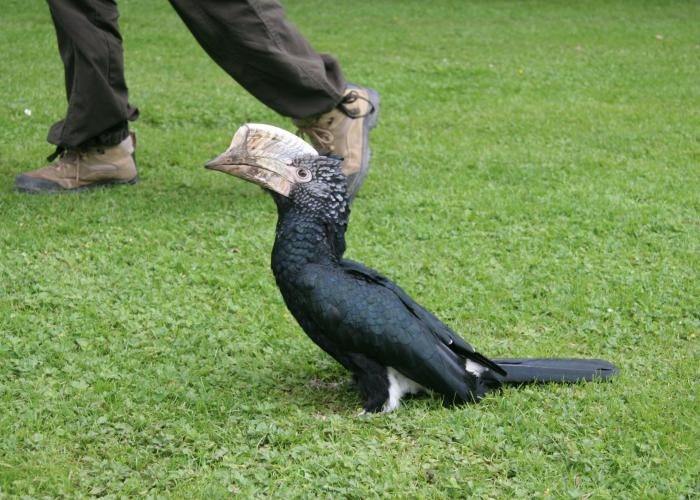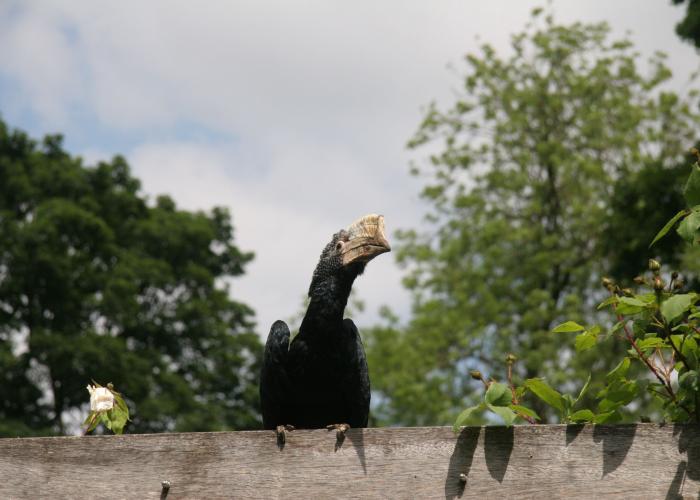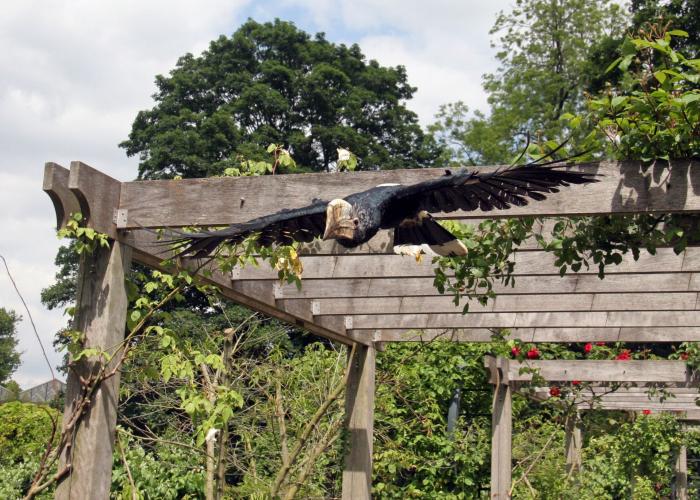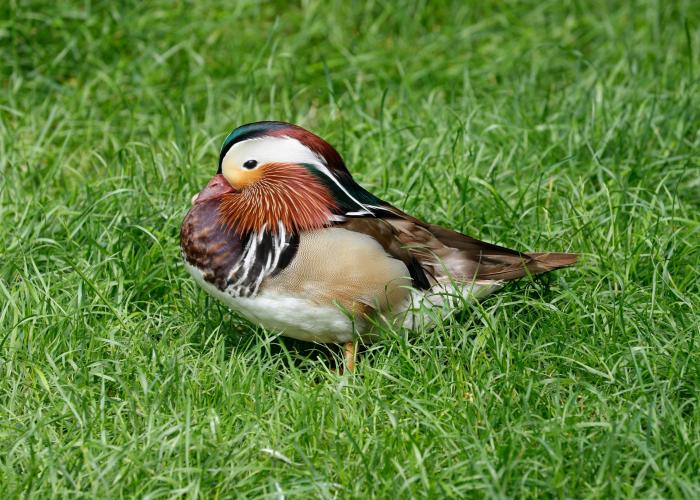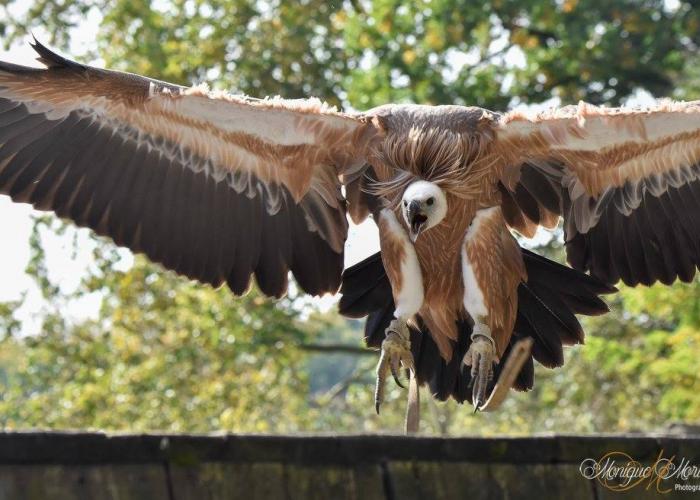Silvery-cheecked Hornbill
A large hornbill
This large hornbill, which is nearly 80 cm long, looks very spectacular with its beak that carries an impressive cream-coloured casque on top (a bit smaller in the female). The feathers on its cheeks are of a beautiful silver-grey colour.
It lives in the forests of East Africa, feeding not only on insects and small reptiles, but also on wild fruit. This bird seldom drinks, thanks to the liquid contained in the fruit it consumes.
As with most hornbills, when breeding period has arrived, the female is literally “imprisoned” in a tree-cavity, the entrance to which is sealed by the couple – except for a small opening – by means of a kind of plaster made from droppings and mud. The female is completely dependent upon the male during her “captivity”, which can last for nearly five months, during which she incubates the clutch and raises the fledglings. The male makes almost 1,600 return trips and thus brings about 24,000 food-items to its sealed-in partner!
Having huge geographical distribution, the species is not threatened, in spite of ongoing deforestation.
Two Silvery-cheecked Hornbills
Zoulou and Zulu live in Pairi Daiza
A less threatened species
- Name : Silvery-cheecked Hornbill
- Latin name : Bycaniste brevis
- Origin : East-Africa, from Ethiopia to the North of South Africa
- IUCN status : Least concerned
- Cites : --
